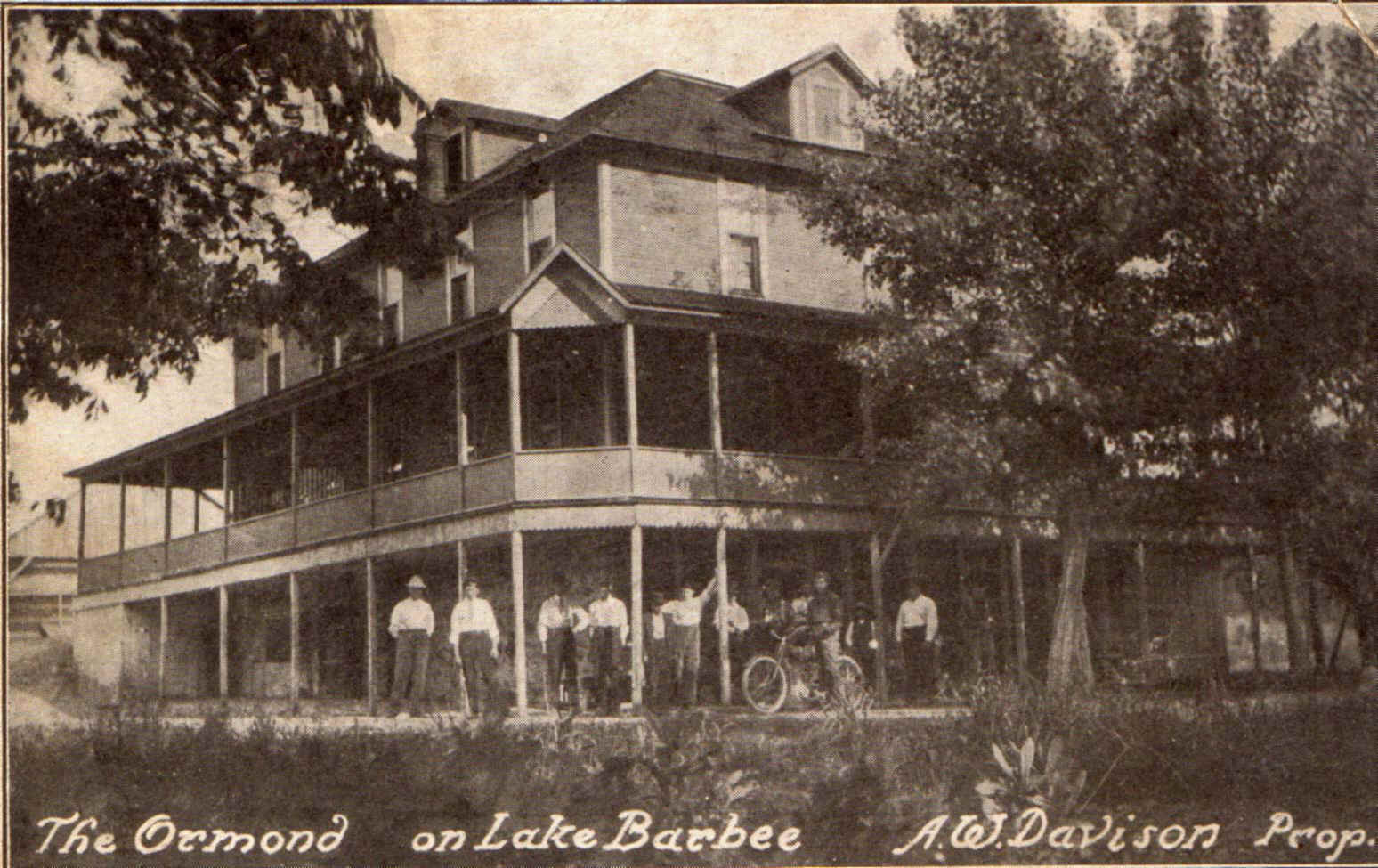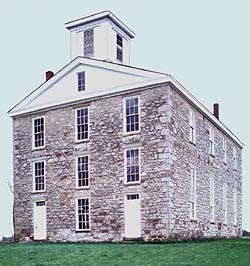oldest country inn in the state of Indiana.
The Story Inn was built in 1851 to accommodate the needs of a growing logging community in the area. It was one of serial redone or reproduces structure from that era. The area included a general store and a saw mill. There is also an old fashioned gas stations with pumps from the, Gold and Red Crown company. Presently the Story in serves gourmet food and has a bar poplar with the locals in the basement of the restaurant.
The current owner believes the inn to be haunted because of the guest books located in each room at the inn. Each room has guest recording paranormal activities. The most haunted room in the inn is apparently the room centered right above busiest part of the restaurant. Guest books have been left in the rooms at the Inn throughout much of it’s history and when the current owner checked the contents of the older books he found many refines to activity of a ghost dubbed the ‘”blue lady”. This is said to be the wife of the Inn’s name sake George Story.
In 2005 a paranormal group established the existence of the ‘blue lady” along with an unidentified male ghost. The blue lady is thought to inhabit the room, once known as the ‘garden room’ right above the restaurant. This is noted to be area that documented most of the encounters with this ghost over the years it is said a blue light will attract the blue lady.

Farther north you will find a haunted hostel with a much more famous resident, not at rest. The Barbee Hotel is located at 3620 North Barbee Road. During the 1920’s it was a popular place for folks from Chicago to enjoy the peace and tranquility of genteel Indiana country life. It also became a popular place for Chi town gangsters to lay low. Al Capone apparently likes to visit there after having been laid to rest.
Staff has reported seeing an old man sitting in the restaurant after closing. Thinking him an absent minded customer when staff approached the man to tell him to leave, he simply disappeared. No one saw this man leave through the normal exits...
Gangsters brought their speakeasy show girls from the clubs in Chicago to keep them entertained in the Hoosier hinterlands. Legends has that one of these bathtub gin soaked beautifies was murdered by her thug’s jealous rage. It is said you can hear her wail and feel in cold spots in the place the ghastly deed occurred.
Al Capone being a ghost of routine, returns to his room at the hotel. That is room 301. Here you will be greeted by strange orbs and the smell of cigar smoke. Guest also report seeing strange mist covered faces appear in photos that they have taken their rooms and around the hotel.

The Slippery Noodle Inn at 372 South Meridian St. in Indianapolis boosts slaves, cowboys, and prostitutes among it’s ghostly guests. The Slippery Noodle Inn is the oldest commercial structure in Indianapolis; it was built in 1850 as an upscale inn and road house for people arriving in Indianapolis by train. It was originally known as the Tremont House. The brick building behind the inn was the
original stable for the guests.
In 1860 the name of the inn was changed to the Concordia House and the owner was involved in the Underground Railroad. Escaped slaves were said to have stayed in the basement of the inn on their way to Canada. There is a male slave ghost that appears in the basement wearing cover alls. He is said to have touched people.
During prohibition, the Inn was known as Moore’s restaurant. During this period the inn was a speak easy; and a popular hang out for the likes of the infamous Dillinger There apparently left bullet holes in a brick wall in the east end of the bar. A ghost of a cowboy passing through that was killed in of a bar fight during this period of time is said to haunt the second floor.
When prohibition ended, the speakeasy no longer brought in the owner extra money, so the inn became a bar and bordello, entertaining troops passing through Indianapolis. It remained a house of ill repute until 1953. While no violence against these ladies of the night has been documented; It is says that a prostitute in 40’s dress will appear on a balcony inside the inn. The bordello days ended when one man was stabbed to death in a fright over one of the working girls in 1945.
All over the inn there are reports of cold spots, strange noises, and whispering in addition to the full bodied apparitions mentioned above that appear time to time. There is no longer any type of overnight accommodations at the Slippery Noodle Inn.
 |
| Al Capone. Mugshot information from Science and Society Picture Gallery: Al Capone (1899-1947), American gangster, 17 June 1931. 'Al Capone sent to prison. This picture shows the Bertillon photographs of Capone made by the US Dept of Justice. His rogue's gallery number is C 28169'. (Photo credit: Wikipedia) |










